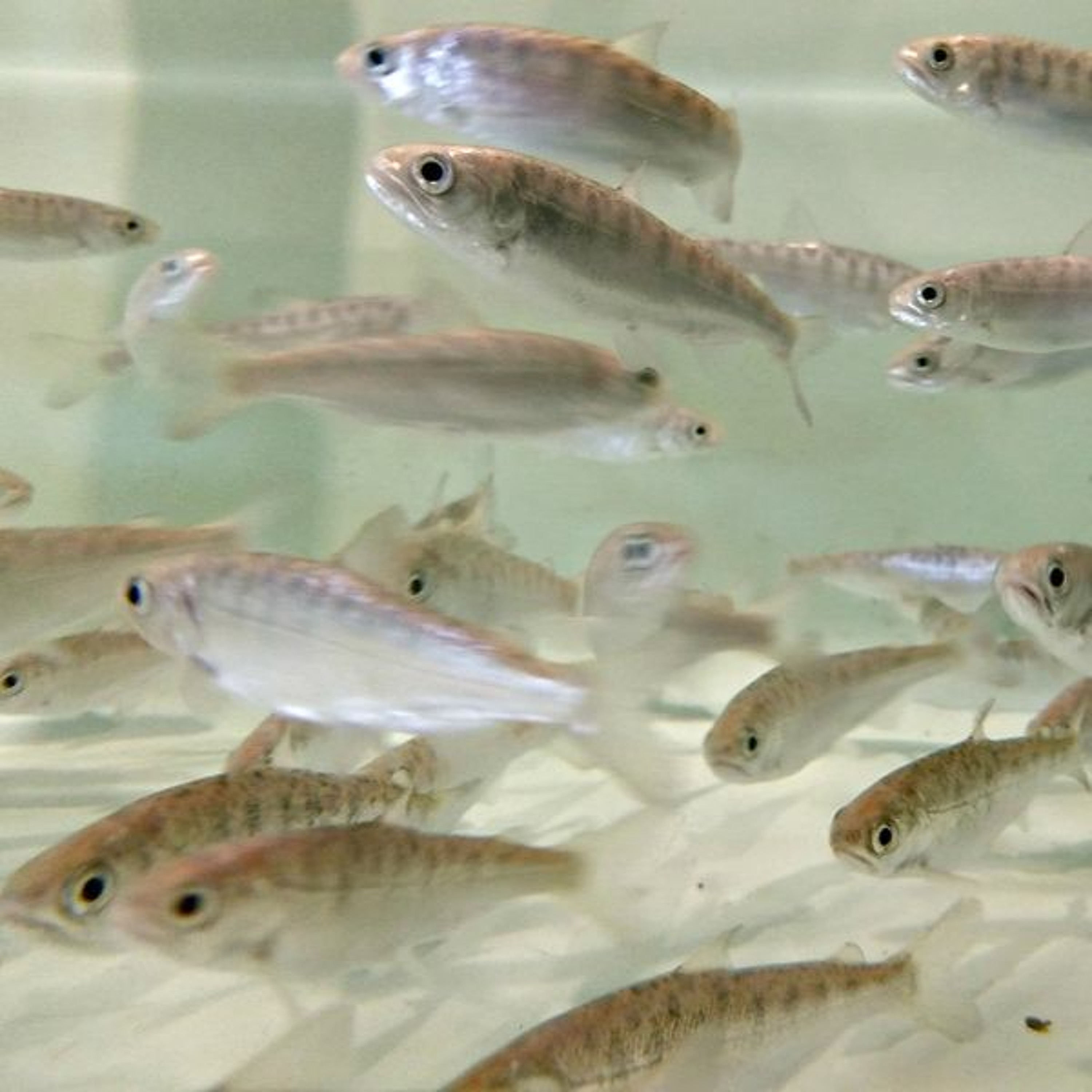Feasibility study for the Caddisfly Wetlands deferred
- Author
- roy.hales9.gmail.com
- Published
- Mon 09 Sep 2024
- Episode Link
- https://soundcloud.com/the-ecoreport/feasibility-study-for-the-caddisfly-wetlands-deferred
Roy L Hales/Cortes Currents - Wetlands are key resources to address climate change and help maintain surface water flow during dry periods. But they are also largely disappearing. According to a recent study in Nature, since 1700 approximately 3.4 million square miles of wetlands have been lost in the United States, Europe and China. The Department of Environment and Natural Resources estimates that 70 % of the wetlands in southern Canada disappeared prior to 1990. In densely populated areas, that figure is close to 98%. Unfortunately wetlands are often found in the same areas where humans like to live and this problem has been amplified by the critical need for affordable housing.
Both of the most populated Discovery Islands are attempting to assess their water budgets while they look at further development. Quadra Island is mapping its wetlands, as well as carrying out rainfall, streamflow and aquifer studies. On Cortes Island, the Community Housing Society is seeking funding to carry out a study of Cortes Island’s water resources.
Meanwhile the opportunity to apply for a $30,000 grant for the proposed Caddisfly Creek restoration project may have been lost, or at least deferred, because of Campbell River’s concerns about the possible impact on their plans for development.
$5,000 of the funding was for removing logs and vegetation from culvert exits to the Salish Sea, but the bulk of the application was to fund a feasibility study.
At the SRD Board meeting of August 21, Regional Director John Rice of Area D asked, “Caddisfly affects Area D, just like it affects the city of Campbell River, but this is only a feasibility study. Why are we potentially holding up their opportunity to get money to do a study that is going to include both Area D and the city of Campbell River?”
Campbell River Director Ben Lanyon responded, “This feasibility study is one step towards making it even harder for Campbell River to meet its housing targets. We're choosing the environment versus housing in alot of cases, unfortunately. This isn't currently a salmon bearing stream, but changing its status will directly affect the city of Campbell River.”
To which Director Doug Chapman, also from Campbell River, added that Mayor Dahl said they have almost 840 housing units ready to go.
“We're waiting for the Minister of Environment’s approval. If there's an open ditch that has a pollywog in it, that delays everything.”
There was a presentation in favour of the project earlier in the meeting.
Katie Lavoie, Executive Director of the Greenways Land Trust made the introduction, “We're coming to you today to present on a project that we're applying for funding through the SRD.”
Shawn Koopman, Protective Services Co-ordinator for the SRD, made an application to the province’s Disaster Relief and Innovation Fund on behalf of the Caddisfly Creek Restoration Project.
Katie Lavoie: “I see a lot of familiar faces, you probably know what Greenways does. We are a Campbell River based environmental nonprofit. We've been around for 28 years. We do a lot of restoration, a lot of community work, a lot of partnering with First Nations and all levels of government and volunteer groups.”
Caddisfly Streamkeeper Greg Roberts provided some of the details.
“I'm a resident of Area D. We moved beside Caddisfly Creek around 2021. I felt very fortunate to have this beautiful little ditch beside my house. I started to do some research and thought, well, I'd start by cleaning up some invasive plants and maybe doing some plantings because all that's there at this point are some deciduous trees. One thing leads to another, and I realized that Caddisfly, like many creeks on the east coast of Vancouver Island, was historically a very productive salmon habitat, particularly for Coho. That’s been dramatically changed over the years through logging, road development, and urban development.
